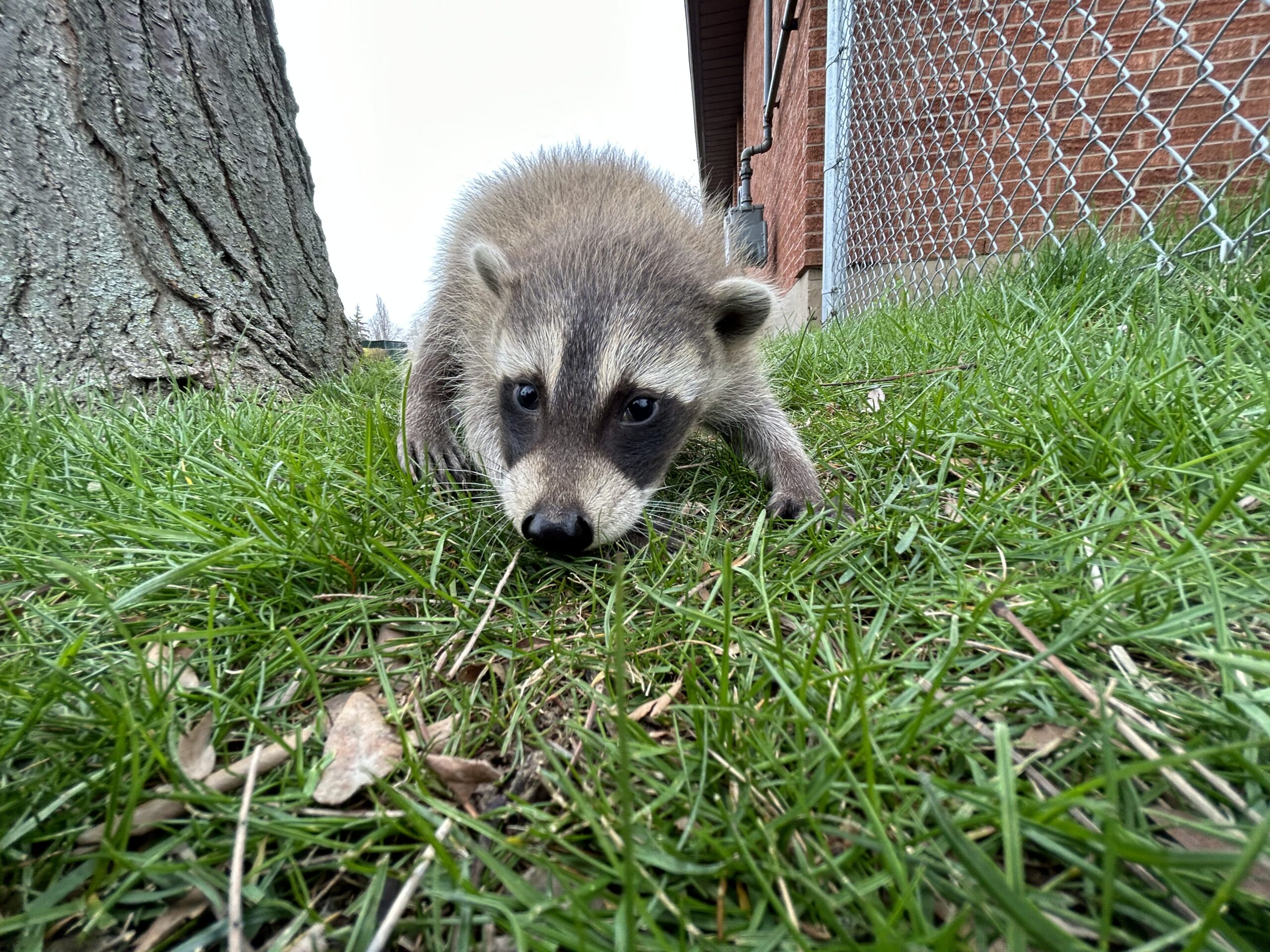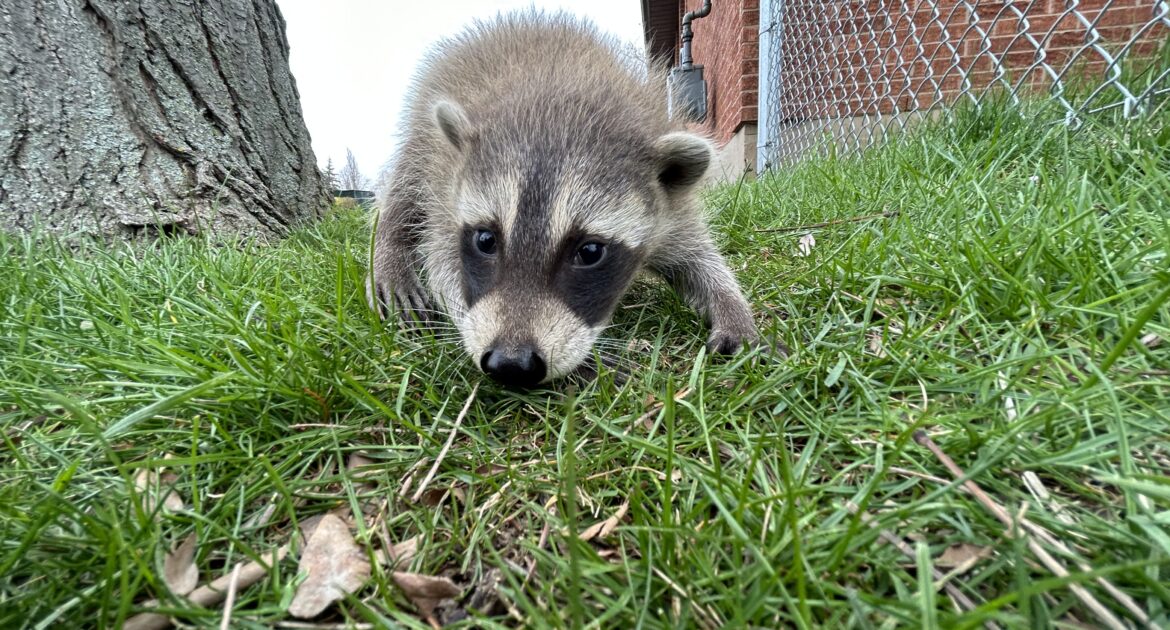Ottawa neighbourhoods are home to a good deal of wildlife, including raccoons. The wildlife lives mostly trouble-free alongside homeowners, each with its own habitat and routine. Still, in seeking protection against predators, prey animals can cause problems for property owners, requiring the help of wildlife professionals like those specializing in raccoon removal in Ottawa.
Many people don’t see raccoons as prey animals. They assume that because the critter is large and strong, it must not need much protection. Raccoons have many predators:
- Bobcats
- Cougars
- Coyotes
- Owls
- Wolves
When you see raccoons as prey animals, it is easier to understand why they seek shelter in attics, under decks, and in sheds. Still, how do raccoons defend themselves from animals larger and more agile, especially without the defences of a sturdy human structure like a house?
3 Traits of Raccoon Defences
Like most wildlife, raccoons are not entirely defenceless. The animals are large and flexible with dexterous paws and sharp teeth.
Despite some beneficial defences, raccoons are still somewhat slow and clumsy with poor eyesight. While the animal can reach speeds of 24 km/h, they can only achieve the speed for short distances and bursts.
To defend themselves, raccoons rely on three traits. While people are not predators of the animal, they should know these defensive characteristics in case they ever cross paths with a raccoon.
1. Vocals
Most animals vocalize, and they do so for many reasons, including as a defence or warning. Raccoons are no different; they may make various sounds to alert a predator that they feel threatened and will attack if necessary.
Some of the more common sounds a raccoon might make include hissing, growling, shrieking, barking, and screaming. Any of the noises a raccoon makes can feel off-putting, but their growl is especially terrifying. It is deep and guttural, something that seems too big for the animal.
To further intimidate potential predators or threats, the animal may show its teeth and take a defensive stance. The posturing is primarily a warning because, like most prey animals, raccoons prefer to avoid conflict.
2. Body Language
Raccoons are relatively large compared to most common neighbourhood wildlife, but compared to their predators, they are small. When confronted by a predator, a raccoon attempts to decrease any size discrepancies by making itself look as large as possible.
The animal lifts its tail, thrashing it about wildly. It rounds its back and sticks its fur straight up. It leaps up and down, stumping the ground, doing everything in its power to scare or intimidate the threat.
If you come across a raccoon that starts acting defensive, slowly back away. When the animal is posturing, it is getting ready to attack. Back up to a safe distance and call humane raccoon control services.
3. Attack
How do raccoons protect themselves against threats and prowling predators? They attack. Despite their size, raccoons are strong. They have sharp claws and teeth and can do extensive damage to a person or predator if motivated.
If a person or pet is a victim of a raccoon attack, visit a hospital or veterinary clinic immediately. Raccoons are the primary carriers of rabies. While the disease is rare, it is still a risk, so go to the hospital or have your pet checked out.
Humane Raccoon Removal Services
Raccoons are usually shy and avoid any unnecessary interactions with humans and other animals. That said, occasional interactions can occur, especially if raccoons frequent your property. If you know you have raccoons in your area and suspect they may nest on your property, contact a service that offers raccoon removal in Ottawa, such as Skedaddle Humane Wildlife Control, and schedule a property assessment.




